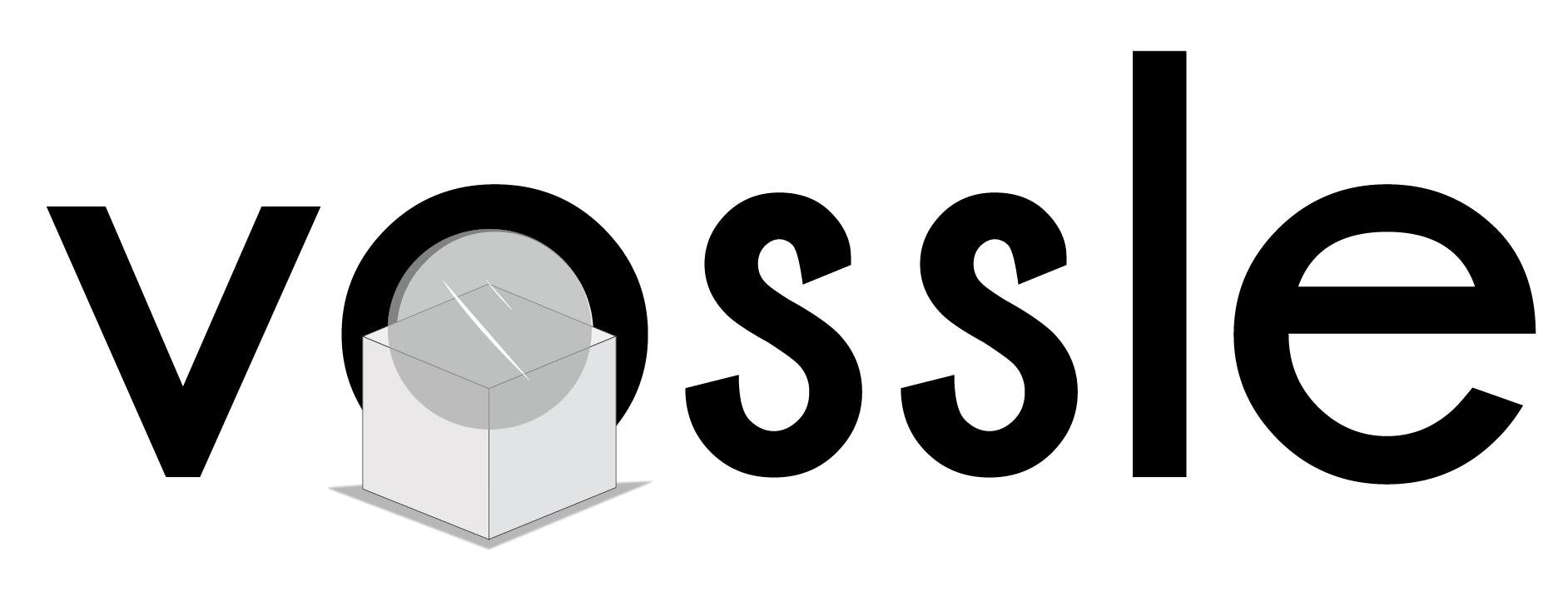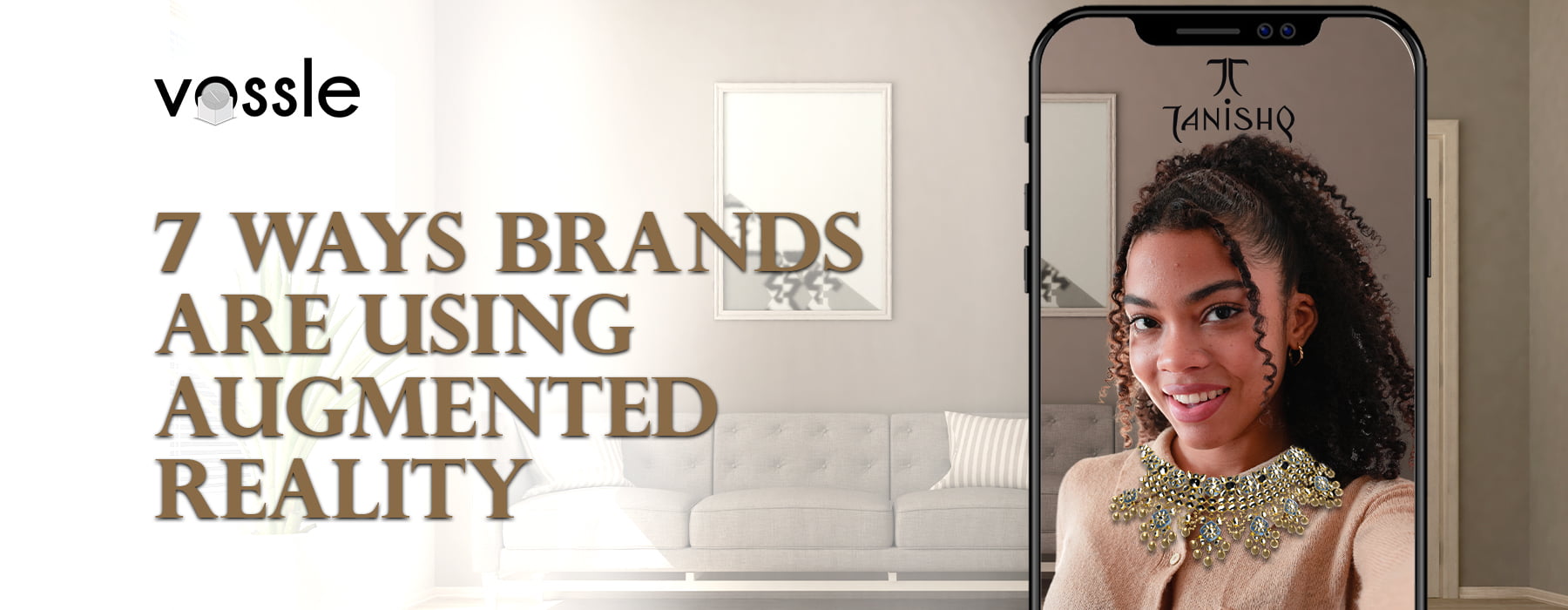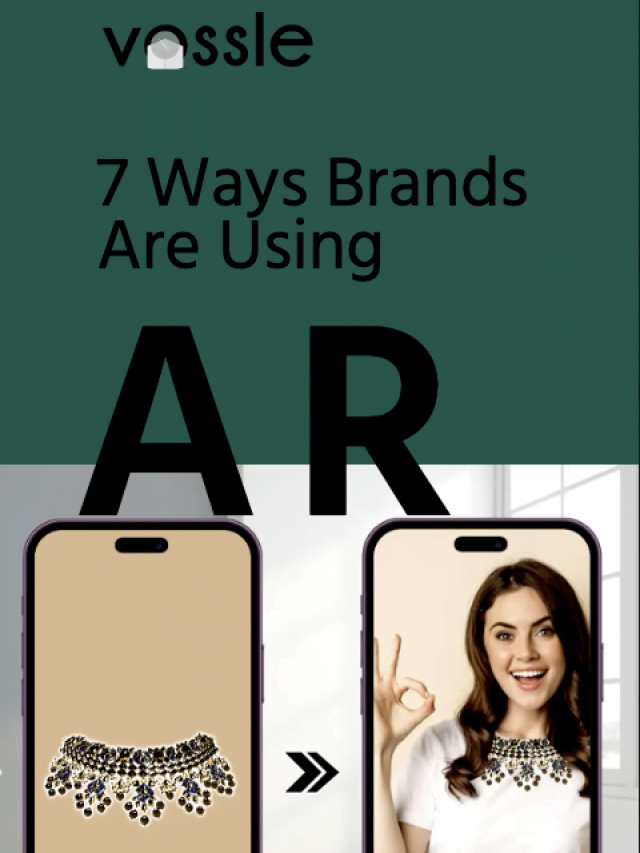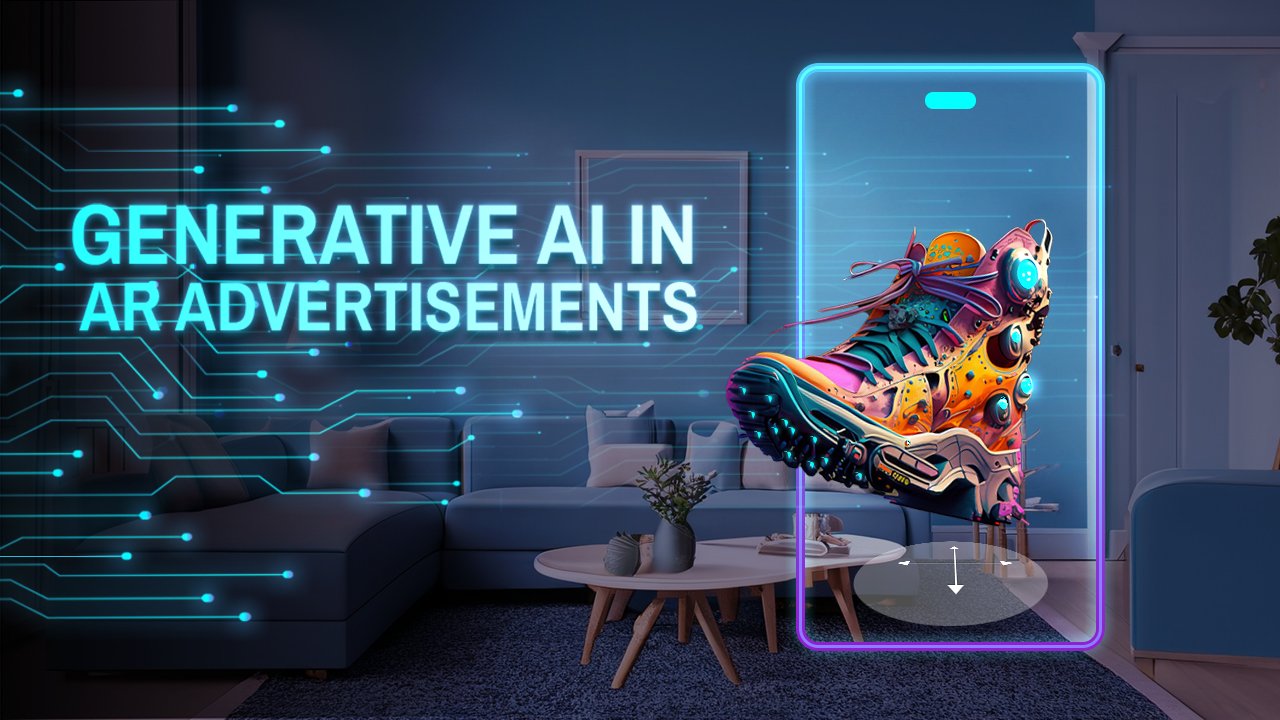AR is a promising technology that makes digital 3D models responsive and usable in the real world. Users can see these 3D models in their environment and interact with them as if the 3D models are a part of their reality.
This unique capability has multiple utilities and an increasing number of business decision-makers are deploying AR experiences on various different fronts of their businesses to attain long and short-term goals.
AR brings various advantages that help businesses to:
- Improve Businesses’ operational efficiency,
- Offer impactful immersive presentations to prospective clients,
- Share product knowledge through interactive content that involves their audience,
- Offer digital product trials anywhere, anytime, and much more
This leads to high user engagement, a positive brand image, higher brand recall, higher sales, lesser product returns, and much more. Therefore, contributing to the business growth that they always wanted.
Additionally, the AR potential is only going to expand further with the arrival of 5G technology as it will allow the streaming of higher processing speeds to smaller devices.
This blog will introduce you to various possibilities with AR and help you figure out how to use this technology for your business. We have divided it into two parts. First, we will discuss how AR is helping brands create a positive outlook for their audience. While, in the second, we will discuss how it is helping businesses improve the effectiveness of their operations and deliver better than before.
AR uses: From Brands To Customers
Prominently, AR is helping brands to better serve their prospective and existing customers. Brands use 3D interactive models to offer better product knowledge, involve users in their campaigns, help them make better purchasing decisions, etc. This leads to brand-building and nurturing long-term relationships with their audience. Let’s see how.
Brand Awareness
The top-most implementation of Augmented Reality has been for raising brand awareness. Businesses are using ARs to create promotional campaigns with unique abilities and reach out to their business audience with innovative storytelling. Such experience connects on deeper emotional levels with their audience and contributes greatly to their brand image.
This way the user interaction with the brand becomes memorable and enhances brand recall to great levels, something every brand craves to achieve. In fact, as per research, AR has a 70% better memory recall than non-AR content.
Also, AR experiences are way more engaging than other non-immersive marketing and advertising methods. Research shows that people who use AR Filters use them on average for 75 seconds – 4X longer than mobile video.
Moreover, the attractive feature of interactive 3D digital mode AR possesses a huge buzz-generating potential that could make a brand popular overnight. This is because people are pleasantly surprised by the playful side of the brand that AR puts forward and share it with their peers to have a collective human experience. This phenomenon has led to the virality of hundreds of brand AR experiences and the respective business garnering huge popularity.
Apart from that, AR is proving to be an outstanding tool for brands to reach out to the youth.
Youth, especially Gen Z, see shopping as an experience rather than a transaction, and run-of-the-mill 2D online shopping fails to serve their need in more than one way.
First, 2D content lacks the elements of novelty and surprise failing to excite the youth anymore. Second, the lack of 3D perception and absence of immersion leaves them guessing whether a product is right for them or not.
Also, the youth wants to be more involved with the brand and expect the brand to be creative, communicative, transparent, and fun. All these qualities are easily attainable for a business if they choose AR.
AR makes the whole shopping experience more transparent and engaging through 3D models and interactivity. The youth could become part of the brand’s storytelling by accessing their AR experience and feel more involved and confident about the brand. In fact, as per research by Gartner, 30% of Gen Z shoppers stated that AR would improve their shopping experience.
Keep this in mind, brands across the globe are swiftly turning towards AR as the technology checks all the boxes when it comes to attracting the younger audience.
One of the best examples of a brand gaining popularity on the back of AR experience is Coca-Cola.
Coca-Cola created “Coke Magic” an AR experience that allowed users to scan a can of Coke with their smartphone and watch it come to life with interactive animations. This campaign was a hit among young consumers, who love anything that is interactive and fun.
Product Packaging
Product packaging is yet another important area wherein AR use cases are rising rapidly. AR product packaging brings two-tier benefits for businesses.
First, incorporating AR does away with multiple shortcomings of traditional product packaging such as lack of space for information sharing, lower engagement, and communication inefficiency. Second, AR enhances early user-product interactions by giving users an appealing way to explore the packaging having interactive elements.
To explain, unlike traditional packaging that has serious spaced constraints, AR packaging offers unlimited space for brands to share as much information with as much creativity as they want.
It is not just limited to 2D text or images like traditional packaging but extends to eye-catching audio, visuals, videos, animation, and all other forms of digital content.
Thereby, it helps businesses attract buyers searching for products on the shelves.
Also, the interactive and bidirectional information sharing through AR product packaging lets brands relay information faster, better, and clearer. The user can easily access the AR experience through their mobile phone, imbibe the information share through high-quality graphics and animation, a better alternative to reading plain 2D text, and have an enriching learning experience.
This way, the user gets actively involved in the process, thus, gaining product knowledge in a much better way than other packaging methods and establishing a clear communication channel between the brands and the customers.
In fact, product packaging businesses are utilizing personalization to reinforce or replace existing opinions.
Notably, with AR platforms like Vossle, creating an AR experience for packaging has become way easier for the user. They can just upload their 3D models and the platform will process our AR experience, accessible through any prominent web browser of any mobile device. No need for users to download any special app, they can just scan and go.
Jack Daniel’s, the famous whiskey brand used AR to take consumers on a virtual journey of the Jack Daniel Distillery through innovative AR packaging experiences. Users can access the experience through Jack Daniel’s App to get a closer look at the whiskey-making process and learn the story of Mr. Jack Daniel.
Within a month of the launch of the Jack Daniel Distillery’s AR app, 30.000+ iOS, and Android users watched over 110,000 ‘Jack Stories’. Moreover, the AR experiences attained an average of 5:42 minutes of total session time per customer.
Another great example of AR packaging is Trendfinity, a multi-country Apple reseller. They created an AR-enabled packaging experience using Vossle. Buyers can scan the packaging to enter the experience wherein they see a detailed three-dimensional interactive demonstration of a recently launched Apple product.
This endeavor took their customers’ purchase experience to the next level and added to the sales of the recently launched Apple devices.
Product Tryons
AR is allowing brands to offer users digital trials of their products anytime and anywhere. Businesses in the field of clothing, cosmetics, jewelry, footwear, accessories, and other wearable products are using AR to place digital 3D models of their products on the user.
Bringing the try-before-buy experience, brands are helping their prospective customer in better decision-making leading to higher sales and far fewer returns than ever. These experiences also save time and cost for users and businesses while bringing the cool factor into the shopping experience.
Gucci is one of the various major brands that invested in AR technology to help their customers make better and more informed purchase decisions.
In an unprecedented attempt by a luxury brand, Gucci added an AR try-on feature to its application allowing its users to digital sneakers. The AR experience is capable of recognizing users’ feet and putting a 3D model of the selected sneaker on it. This gives them a clear visual representation of the footwear that will look on them in real life resulting in faster and brand-favoring decisions with far fewer product returns and higher customer satisfaction.
Not only this, AR helps brands offer a personalized experience to their customers. One such example is of Japanese men’s fashion brand Kashiyama. Their online store allowed users to customize their suits as per their choice just like they would do in real life visiting a tailor shop to get a custom suit.
This individualized experience garnered a great positive response as users felt special and appreciated the true-to-life experience and efforts of the brand.
Nike’s SNKRS app uses an AR try-on feature to let customers try different shoe designs before they buy them. The app superimposes a 3D image of the sneaker onto the user’s foot, allowing them to see the final look of the product and select the best one for themselves.
Tanishq, a Tata product used Vossle’s AR platform to create jewelry tryons for their ‘Rivaah’ collection. The experience allowed users to wear true-to-life digital 3D models to get an idea of how the actual product would look on them after the purchase. This helped Tanishq garner immense publicity and contributed to its positive brand image.
Product Visualization and Demonstration
Another interesting use of Augmented Reality is to share product knowledge using realistic 3D product visualization and demonstration. Businesses are placing their products right into the homes of their prospective customers and helping them digitally envision the product in their real-world setting. They can check how a product such as a piece of furniture would look after the purchase once it is placed in the designated space.
Further, AR-based product demonstrations help users understand the features, functions, and benefits of the product. They make informed decisions and clearly know how to best utilize the product to fulfill their needs. This provides them with a deeper understanding of the product than any other mode of product knowledge bringing higher user satisfaction, better product utilization, and even troubleshooting of minor issues.
61% of consumers prefer retailers with AR experiences while 3 in 4 customers are willing to pay more for products that promise complete transparency provided through AR experience.
LG’s AR Visualization tool helps customers understand how their product like a television would look after the installation.
AR Uses: For Better Business Operations
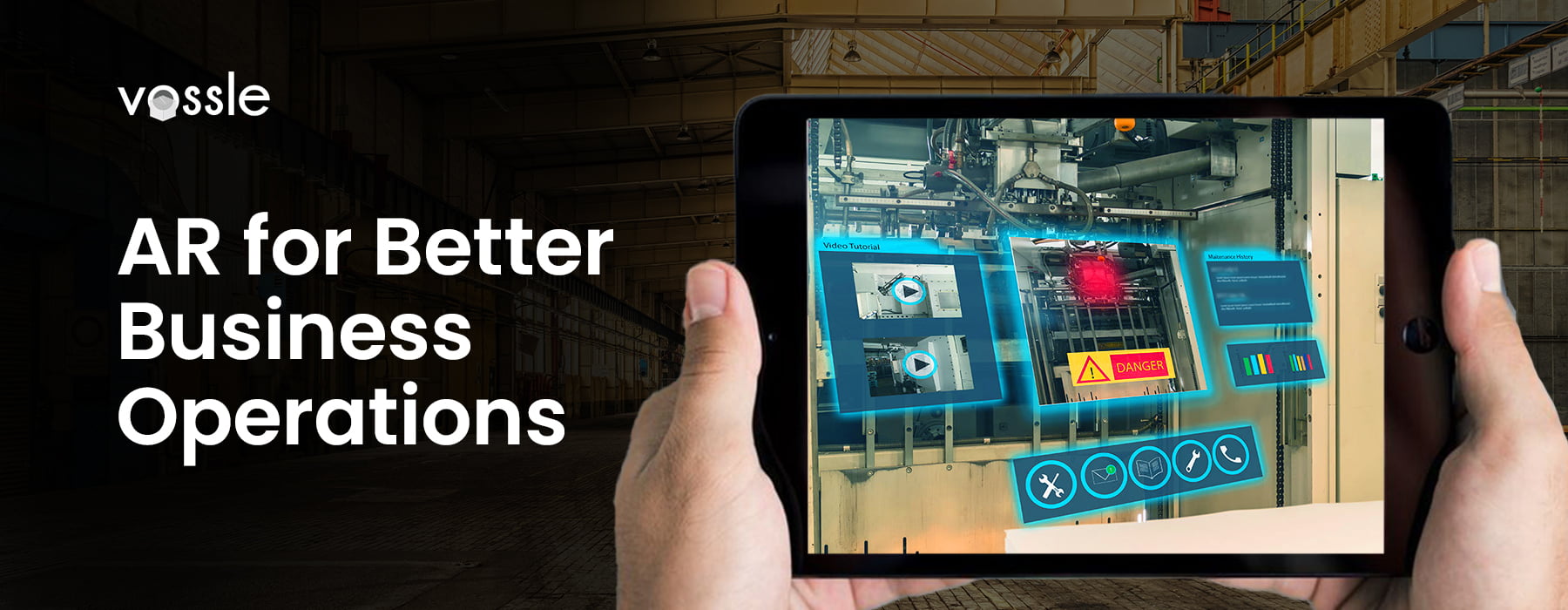
At its core, AR is a technology that improves communication between two parties by adding interactive three-dimensional elements to the process. Brands are using AR to improve their internal day-to-day business operations by establishing better communication between different departments as well as with their prospective clients.
Product Development
Businesses are using AR to improve the product development process. AR plays a significant role throughout the entire product development cycle, from conceptualization to design, and even post-sales support. Let’s discuss each step one by one.
Conceptualization: Brands are deploying AR to create virtual prototypes and models. This allows designers and engineers to visualize and test their ideas by placing them into a real-world setting. This can help reduce the time and costs associated with physical prototyping and testing.
Design: AR gives an amazing capability to product designers to assess the impact of design changes in real-time. This help designers make create better designs while catching errors earlier in the process.
Manufacturing: Businesses use AR to guide assembly line workers through the manufacturing process. This reduces the need and cost for extensive training while improving the efficiency of the manufacturing process.
Apart from this, AR also helps in marketing and post-sales support as we also saw in the above section. While marketers create immersive and interactive marketing campaigns that result in high user engagement and better brand recall, AR is also helping in post-sales support by offering a three-dimensional instructional guide, product demonstration, and tutorial.
Overall, AR can help streamline the product development process, and improve the quality of products and collaboration among departments while reducing the time required. It saves the huge costs of creating physical prototypes, carrying out design changes, and enhancing the customer experience.
One of the examples is Volkswagen. The automotive company uses AR for digital design reviews and to catch any anomalies between the virtual and physical designs. As A result, it has been very successful in achieving higher-quality end products. This AR-assisted process is five to ten times faster than the manual method. Give, the engineering team no longer needs to painstakingly compare each 2D drawing with its prototype.
AR for Training
Businesses are using AR to improve the quality of their employee training programs. AR enables experiential learning wherein the employee learns by doing rather than learning and then doing. Experiential learning is known as the best form of learning as there is little to no gap between what trainees learn and what they need to do actually on the job.
Secondly, learning by doing encourages trainees to be innovative as they have to figure out on their own how to do a particular task. AR offers a bidirectional learning experience wherein the trainees where trainees can instantly see the effects of their decision and make changes to reach their goals better.
They are free to come up with innovative of doing their tasks leading to more involvement in the learning process and better learning outcomes than the traditional unilateral training methods.
Another advantage of AR training is the safer learning environment, especially for hazardous occupations. Trainees can learn to skillfully operate heavy machinery without putting themselves and others at risk.
An example of AR training is the Mercedes Benz. The automotive brand has 150 training centers in 120 countries. Employees learn about management, products, branding, and sales. using mixed reality technology. The training center uses Microsoft HoloLens smart glasses that help them visualize a digital object in the real world.
Conclusion
AR is an amazing technology that has the potential to augment different aspects of businesses. It can be used to improve a business’s marketing efforts, help them share product knowledge, engage the audience deeply with the brand, and improve profit through higher sales and fewer returns.
Also, it is very easy to incorporate into day-to-day business processes like product development and training and enhance the to greater levels.
The 3D content immerses the audience into a different environment and setting while opening up new possibilities that were lying dormant till now.
